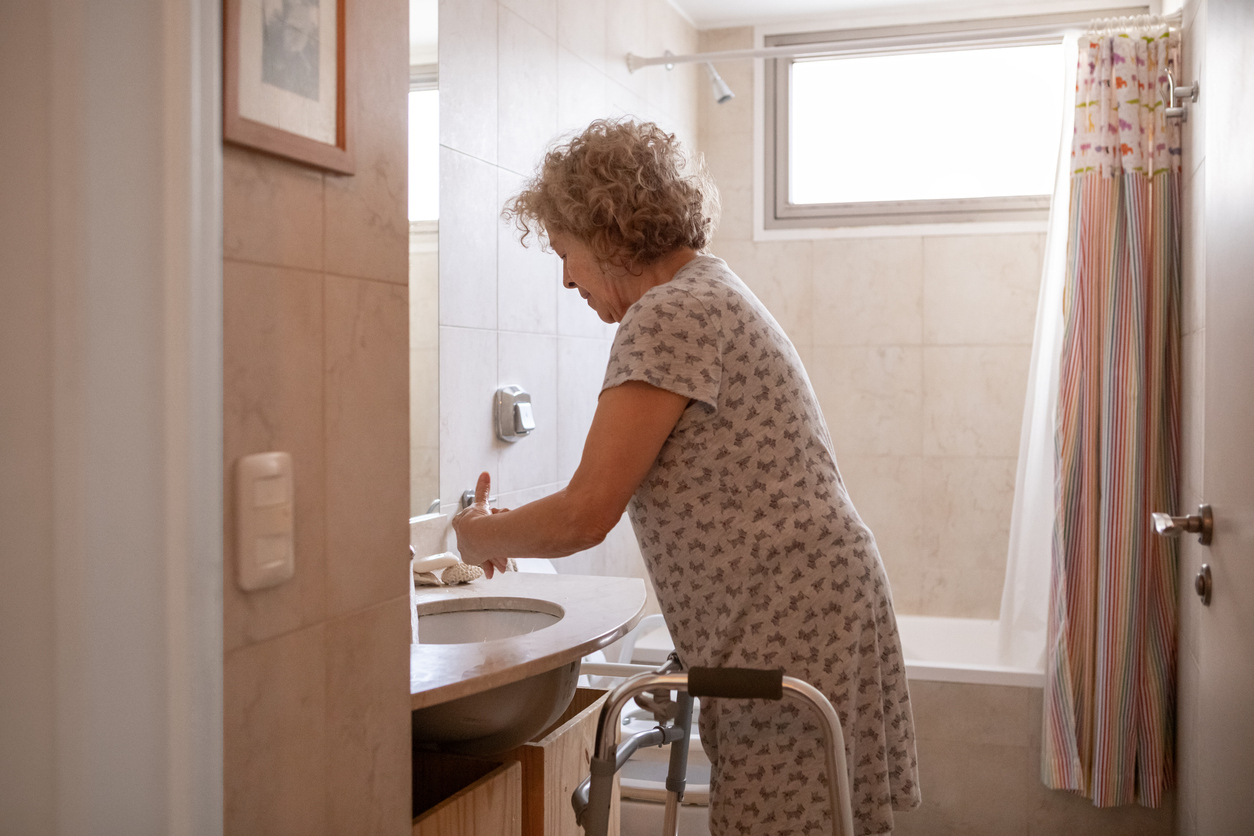If you’re caring for someone living with dementia, you’ve likely already encountered resistance when it comes to bathing. You’re not alone. Many care partners report that this is one of the most challenging aspects of daily care—especially when logic, reasoning, and persuasion seem to fall flat.
The truth is, as dementia progresses, a person's ability to process information, remember recent events, or interpret their environment changes dramatically. Your loved one may sincerely believe they already bathed this morning—or yesterday. To them, your suggestion might feel confusing, intrusive, or even offensive.
Every person’s dementia journey is different, and we approach care with empathy, patience, and creativity. Here are six key recommendations to make bathing feel less like a battle—and more like an act of comfort, dignity, and connection.
1. Reframe the Experience
Instead of saying “Let’s take a bath,” try inviting your loved one to a spa day or suggest it’s time to freshen up before a special activity—like going out for lunch or enjoying a favorite dessert. Reframing the moment helps it feel like a positive ritual rather than a forced task.
Try saying:
“Let’s do our spa day now—I've got that special lavender lotion you love.”
or
“Let’s freshen up before our ice cream treat!”
2. Choose the Right Time of Day
Some people living with dementia are more cooperative in the morning; others do better in the late afternoon. Observe their mood patterns and experiment to find a time when your loved one tends to be calmer, less confused, or more open to routines.
Try pairing the bath with an existing comforting routine—like brushing teeth or getting dressed.
3. Respect Modesty and Offer Options
Bathing can make a person feel vulnerable, especially if they’re unsure of what’s happening. Let them wear a t-shirt or swimsuit in the bath, or wrap them in warm towels for a sponge bath if that feels safer. The goal is comfort, not perfection.
Even a partial wash is better than nothing. A warm wipe-down can be just as effective as a full shower when done regularly and with care.
4. Create a Comfortable Environment
Warm the bathroom in advance, so your loved one isn’t stepping into a cold space. Have all your supplies—towels, soap, clothes—within arm’s reach to minimize interruptions. Keep your tone calm and your pace gentle.
5. Use Visual and Verbal Cues
People living with dementia may have trouble understanding verbal instructions. Help them process your actions by pairing words with gestures. For example, point to their arm while mimicking a washing motion and say, “Let’s clean here now.”
Stay in their visual field. Approach from the front and crouch to their eye level, which can feel less threatening.
6. Find the “Key” That Unlocks Cooperation
Each person has their own motivation. Was your loved one someone who never missed a weekly salon appointment? Maybe they’d respond well to having their hair washed in the sink. Others may respond to touch or music. Explore what used to bring them joy or comfort and build from there.
It may be trial and error—don't give up. The key is often rooted in routines they've always enjoyed.
Sometimes, despite your best efforts, your loved one may still resist bathing. On those days, it’s okay to let it go. Bathing doesn’t have to be daily—it has to be gentle, dignified, and safe. And if your person is having a tough day, it’s not a failure—it’s just part of the journey.
At Full Bloom Memory Care, we train every Memory Care Partner in Teepa Snow’s Positive Approach to Care® so that every interaction—whether it’s helping with hygiene, meals, or meaningful activities—is grounded in compassion and understanding. Because even the most personal care moments deserve to feel personal, not clinical.
If you're facing challenges with bathing or other aspects of care, we're here to help. Reach out to learn more about our in-home support services tailored specifically for people living with dementia.




